The Ultimate Guide to Red Flowers

Red flower FAQs & fun facts
In the Wars of the Roses the red roses represented the house of Lancaster
Back in the 15th century when the Plantagenets were battling for the English throne they were known under their rose emblems. Once side, the Lancaster’s, were known by the red rose, while the house of York were known by the white rose.
The red flowers of a poinsettia aren’t flowers at all
Those vibrant plants we all love at Christmas are known for their bright red flowers aren’t they? Well technically poinsettia are ‘brachts’ which are a kind of leaf. So while they might look as pretty as petals, they’re not!
Red is sometimes a warning
Nature can handily mark things out when they’re poisonous (dart frogs for example). Amaryllis is a good example, all parts of this vibrant red flower are toxic, so though it might look good enough to eat – don’t! But the amaryllis has other hidden depths too, some chemicals in the plant have been found to help with memory loss and scientists have done studies into its effect on Alzheimer’s.
When are red flowers in season?
It all depends on the bloom, here are the red flowers to look out for season by season. And remember some of these red-iculously lovely flowers won’t follow a strict seasonal guide, it all depends on the weather.
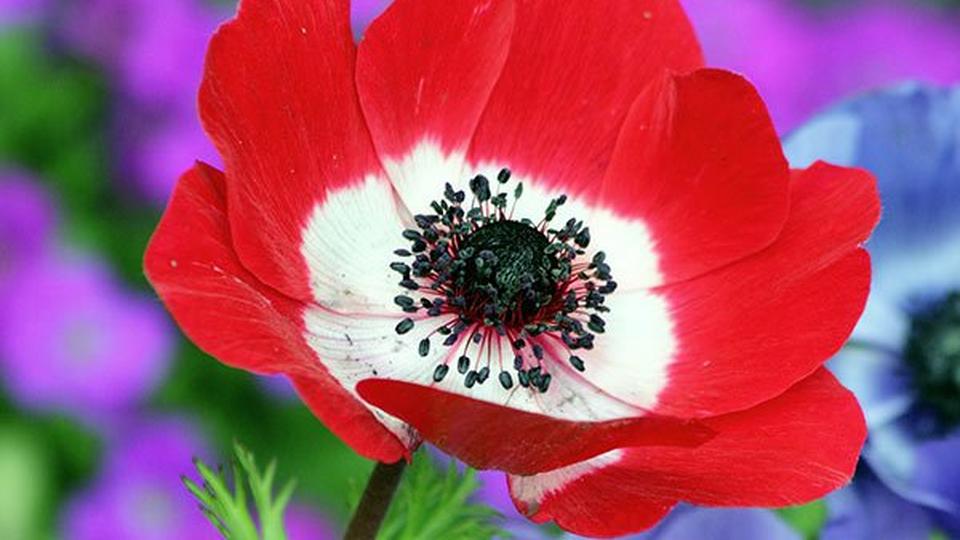
Spring & summer
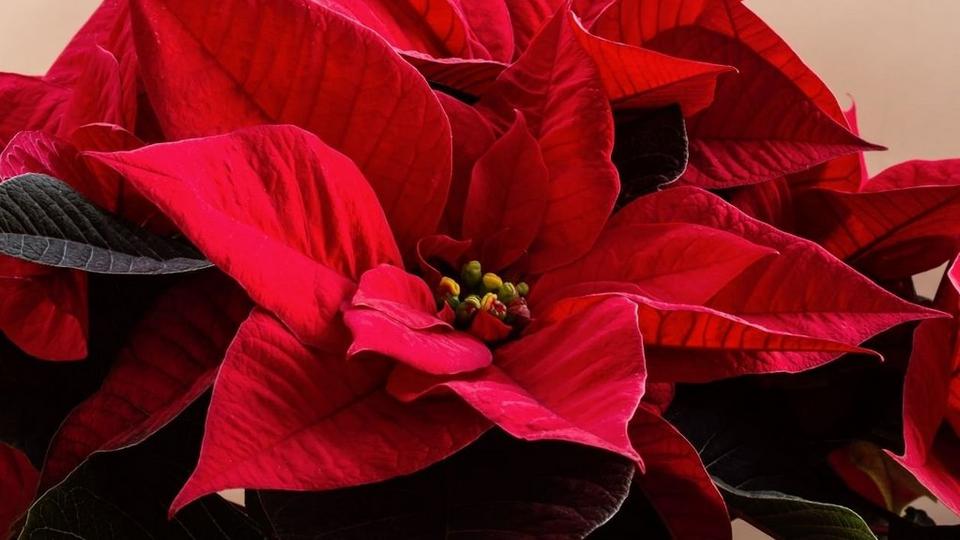
Autumn & Winter
Types of Red Flowers
Here are some of our sumptuously scarlet favourites.
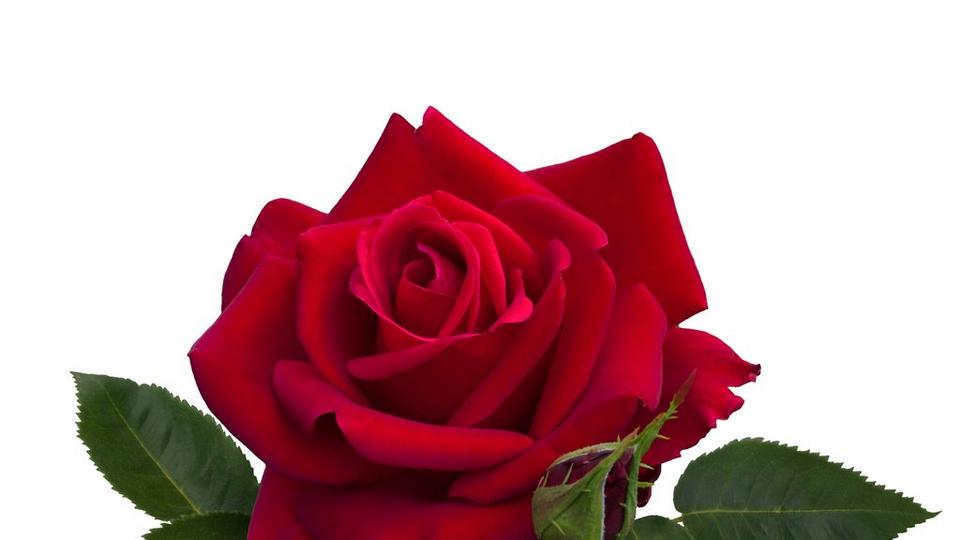
Rose (Rosa)
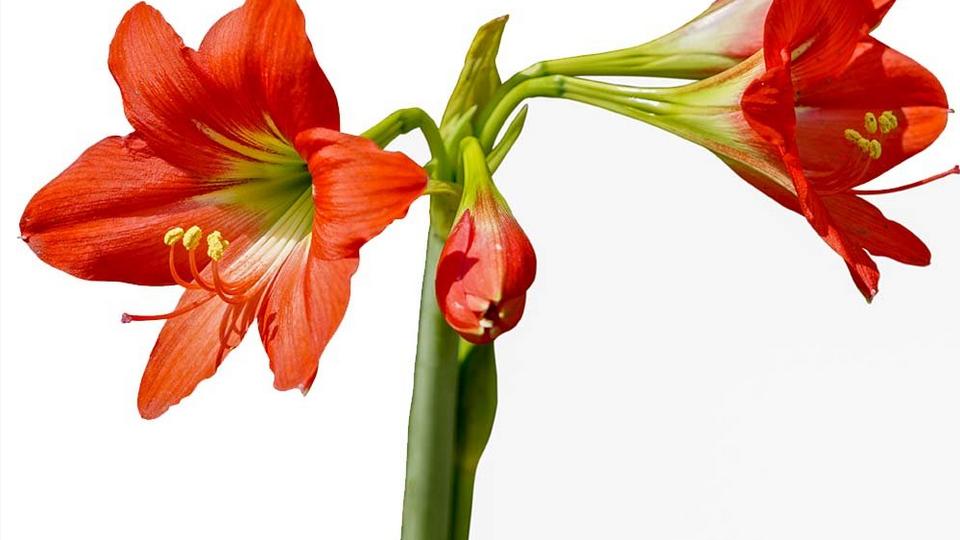
Amaryllis (Amaryllidaceae)
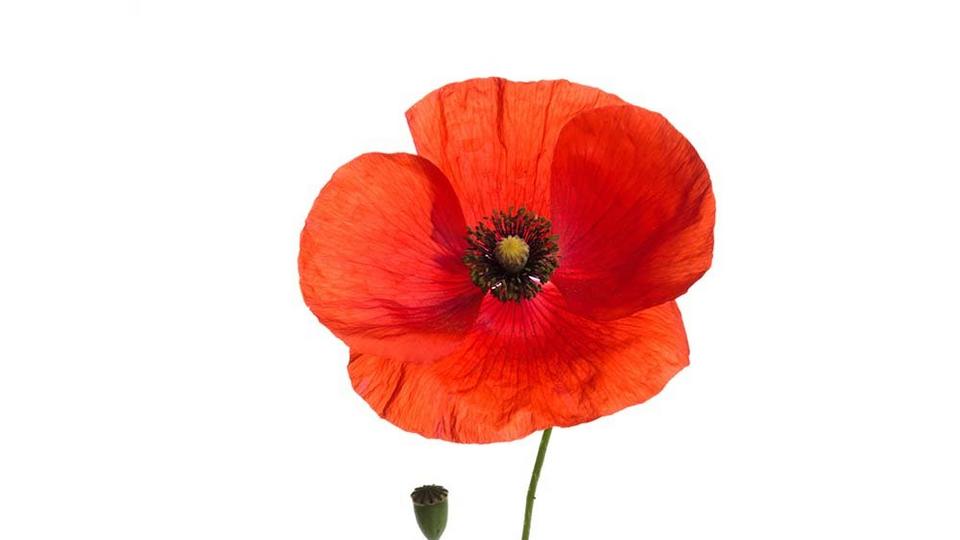
Poppy (Papaver)
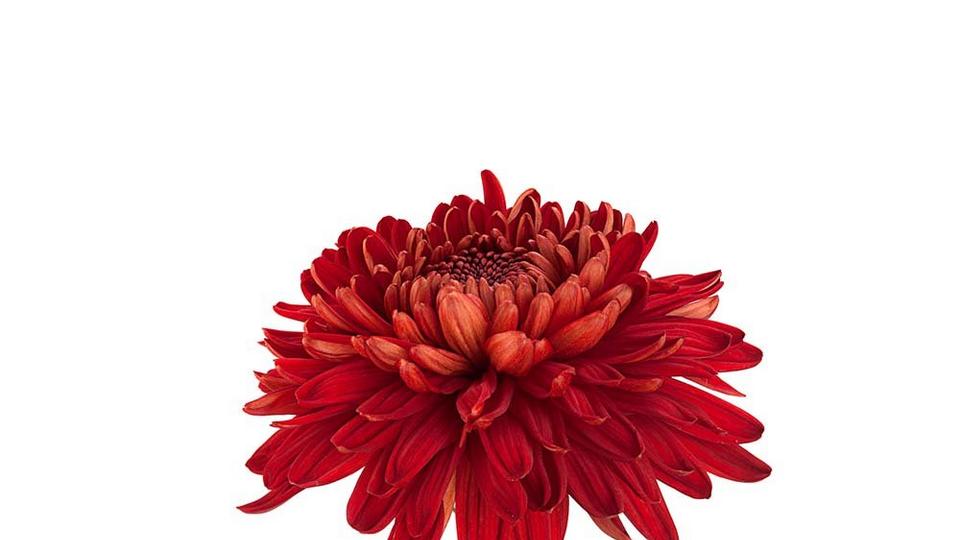
Chrysanthemum (Dendranthema grandiflora)
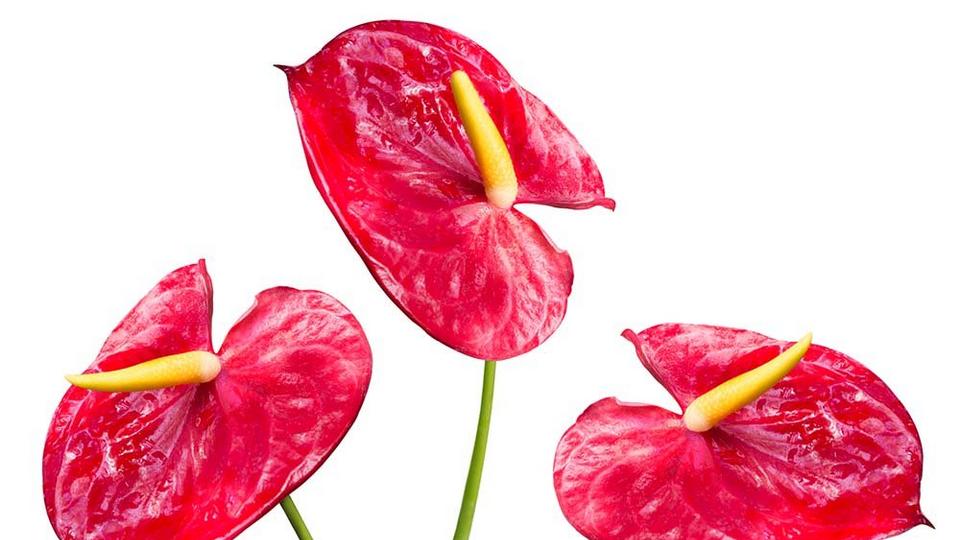
Anthurium (Painter’s Palette)
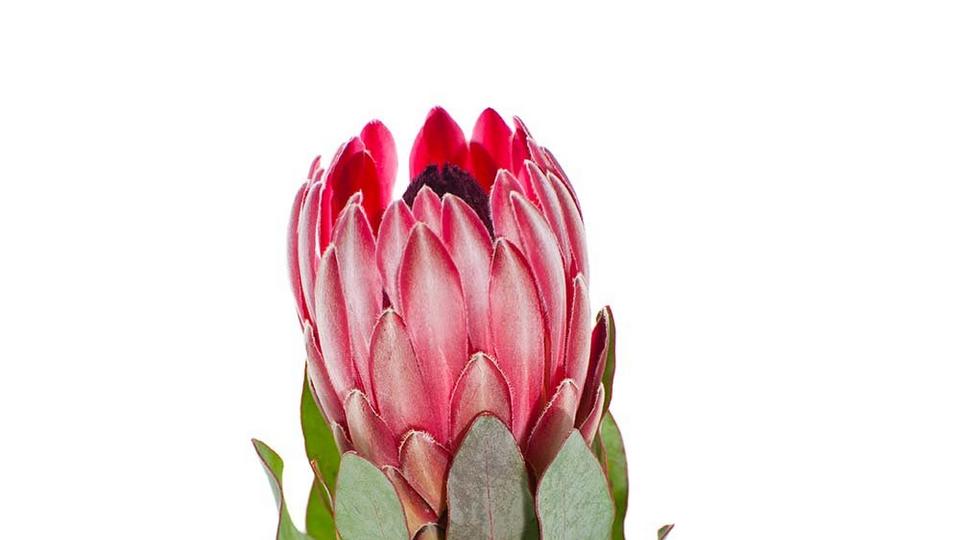
Protea (Sugarbushes)
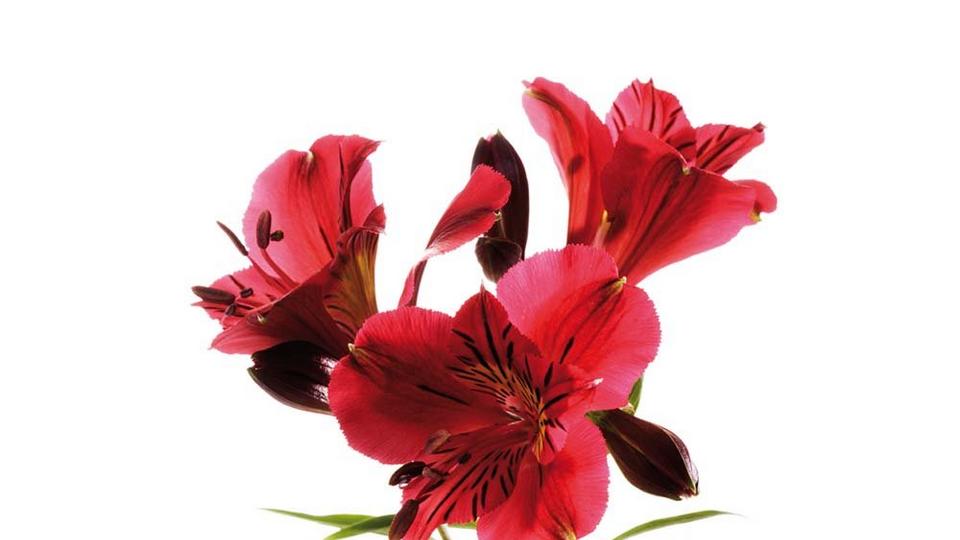
Alstroemeria (Peruvian Lily)
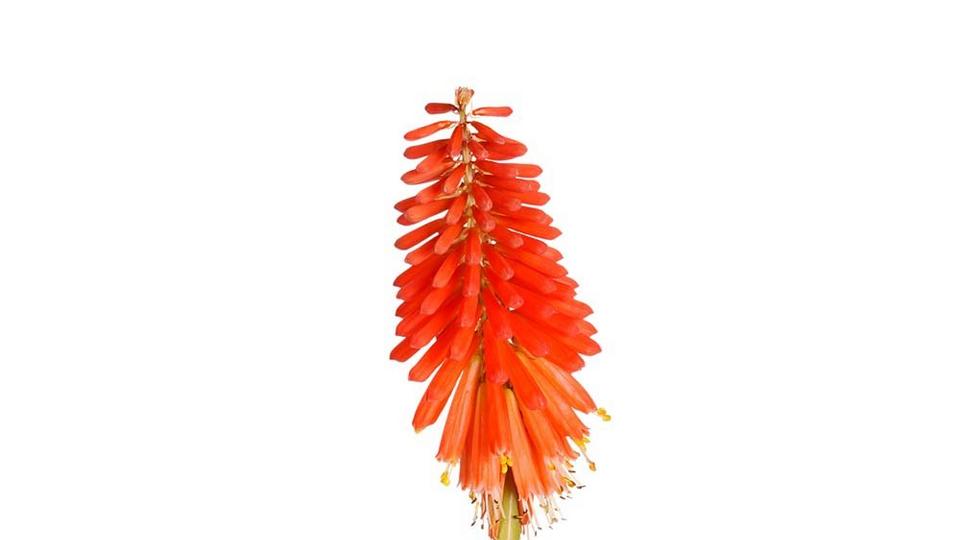
Kniphofia (Red Hot Poker)
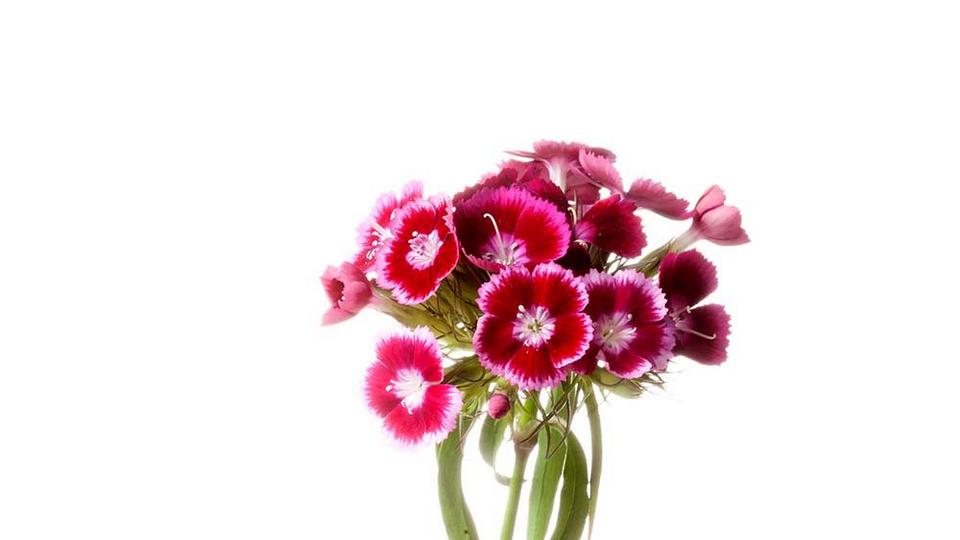
Sweet William (Dianthus barbatus)
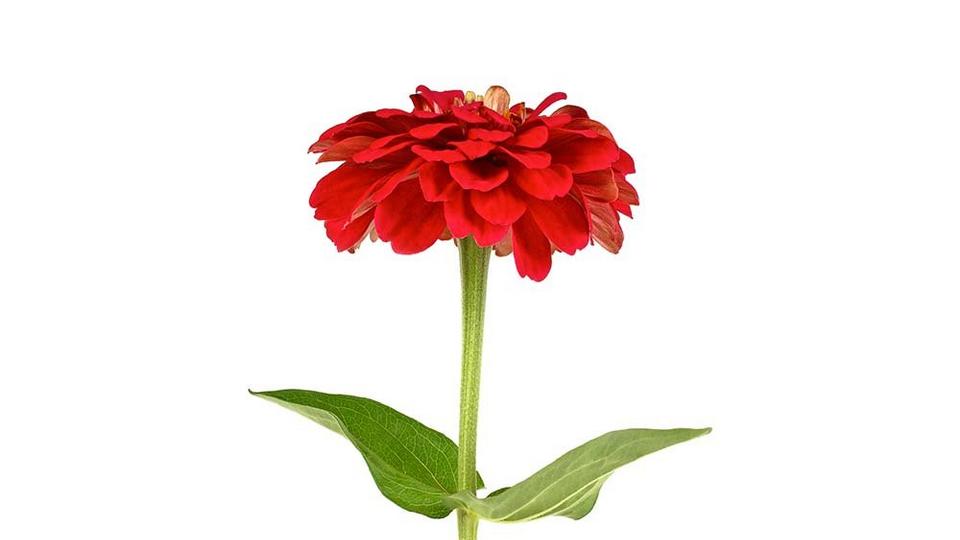
Zinnia (Zinnia elegans)
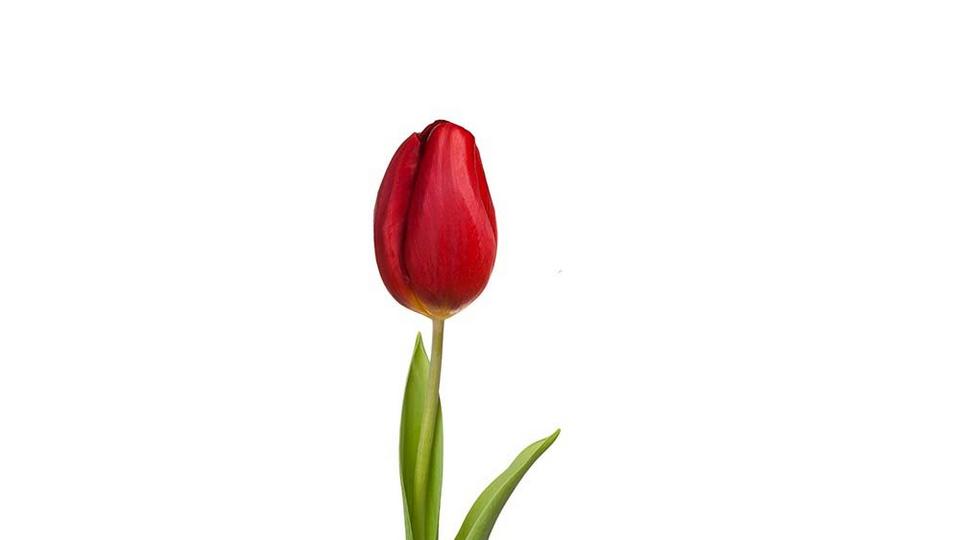
Tulip (Tulipa)
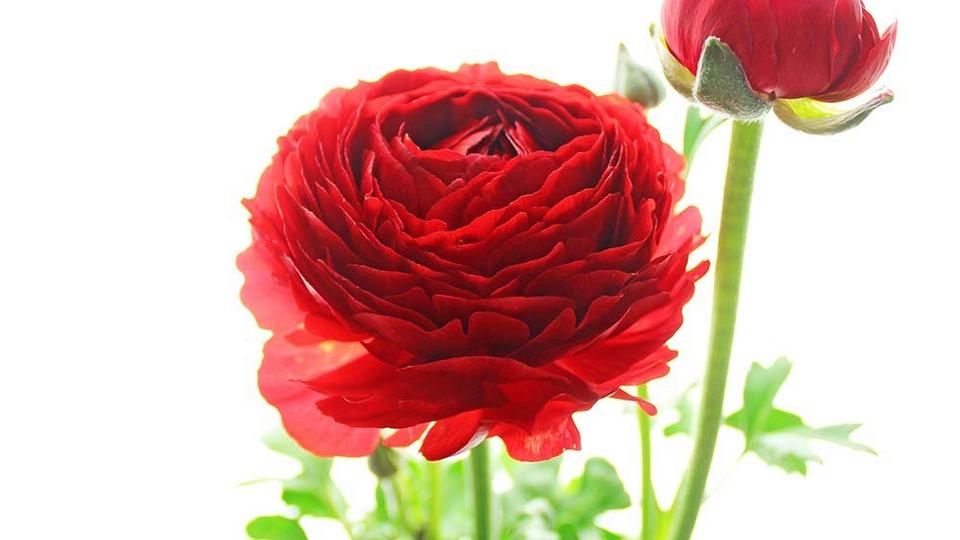
Ranunculus (Ranunculus acris)
Let’s paint the town red!
We hope you found our all-you-need-to-know guide to red flowers handy. Our florists are red-y and waiting to fill their home with scarlet, burgundy and vermillion blooms, so don’t forget when you order a bouquet you can put in a special request for any colours or flowers you’d love them to enjoy, and they’ll do their best to help.
